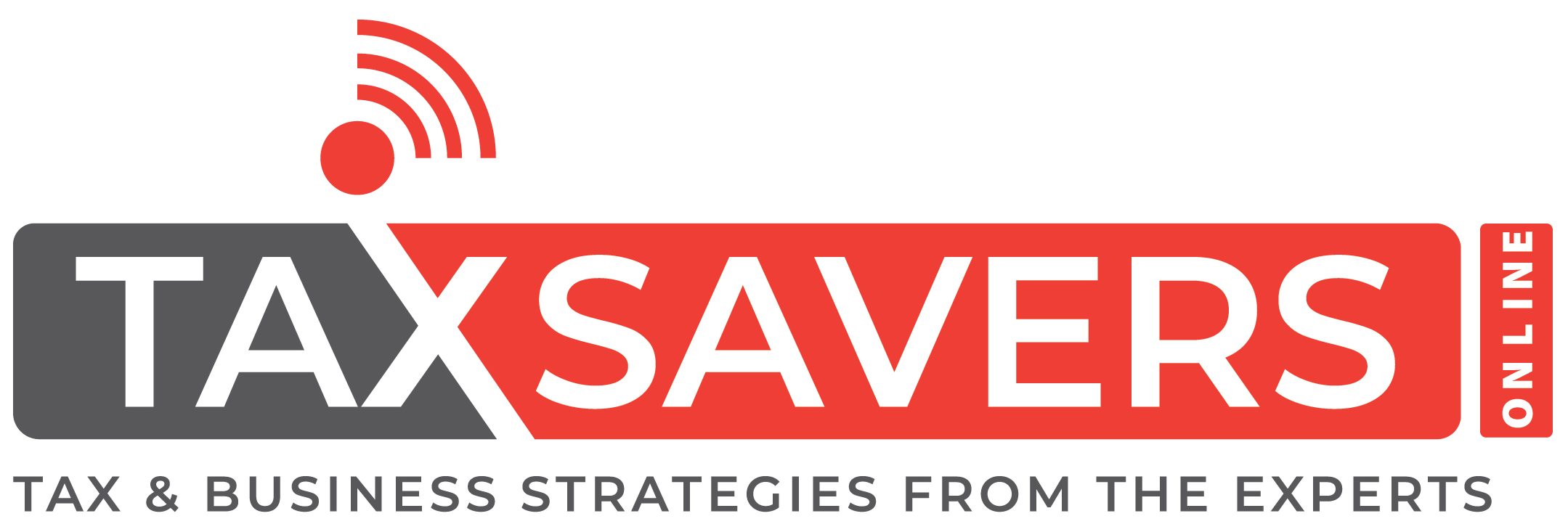Imagine making the amount of money you’ve dreamed of earning only to have to pay a big chunk of it in taxes. Consider the Top 7 Tax Reduction strategies for high income earners that can help you keep that money you’ve worked so hard for.
Then, you will be able to enjoy the life you want without having to pay more in taxes than necessary. Soon enough, filing taxes will be a breeze.
Read on for more.

Contents
1. Start or Invest in a Business
One of the best tax reduction strategies is to invest money into a business. If you don’t have a business already, you should start one so that you can invest money into a company.
When you have a business, you’ll have plenty of business expenses, such as office equipment. You can deduct a lot of those typical expenses from your taxable income.
Be sure to talk to an accountant or another professional to verify that something qualifies as a business expense. Then, you won’t have to worry about dealing with an audit and having to pay more in taxes.
To make sure you can reduce your taxes as much as possible, track your expenses throughout the year. When you go to file your taxes, you can go over those expenses with your accountant.
Make the Most It
If you want to make the most of starting a business, hire your family. When you hire your spouse, you can contribute to a retirement account and deduct that from your joint tax return.
You can also hire your kids to get similar benefits. If you contribute to retirement accounts, for example, you can deduct the amount that your business contributes.
Investing in the family members who work for your business can be an easy option for how to pay less taxes.
2. Max Out Your Retirement Account
Another one of the best tax reduction strategies for high-income earners is to contribute to a retirement account. Specifically, contribute to a traditional 401(k) or IRA.
These retirement accounts use pre-tax money, so you can deduct your contributions from your taxable income. A traditional IRA is a good option when you work for yourself and don’t have another account.
However, if you have access to a 401(k), you can contribute to that as well. The maximum contribution for a 401(k) is $19,500 in 2021 and goes up over time.
On the other hand, you can only contribute up to $6,000 to an IRA during the same year. If you don’t have access to a 401(k) through an employer, consider setting one up for yourself.
Then, you’ll be able to contribute even more money to retirement. And you’ll be able to reduce your taxable income.
Make the Most of It
While you can set up a Roth IRA, the contributions to that account will be post-tax. This is a better strategy for people with lower incomes, and it won’t do anything for your tax burden.
As your income increases, you should switch your focus to a traditional IRA to get the tax savings now. You can still keep your Roth IRA open, and it can continue to earn interest tax-free.
But if you don’t have any IRA, a traditional IRA will be the best option when you earn a lot of money.
3. Choose an HSA-Eligible Health Plan
When shopping for health insurance, you have to consider a lot of factors. You need to make sure the plan covers your doctors and any prescriptions that you or your family members take.
However, before choosing the first plan you find, look for an HSA-eligible plan. A health savings account (HSA) is where you can save money specifically for health expenses, and your contributions are tax-free.
If you have an individual HSA, you can contribute up to $3,600 per year, while the maximum for a family is $7,200. You can max out your HSA to help lower your tax burden at the end of the year.
An HSA plan can also be more affordable than a traditional health insurance plan, especially for healthy people. Then, you can put more of your money into other investments.
Make the Most of It
If you’re self-employed, you can look for an HSA plan with a somewhat higher premium. While these plans usually have affordable premiums, you can deduct the cost of the premium from your income when you work for yourself.
Whether you work for yourself or someone else, you should max out the contributions to your HSA. Even if you don’t think you’ll use the money, it’s nice to have in savings.
Plus, you will be able to use those contributions to lower your taxable income.
4. Maximize Tax Credits
You can look at other tax credits that you may qualify for to reduce your taxable income. Depending on how high your income is, you may be able to get certain tax credits.
For example, you may qualify for the American Opportunity Credit if your child is in college. You can get up to $2,500 per student when they attend college.
Another tax credit you can get is the plug-in electric-drive motor vehicle credit. If you buy a new electric vehicle, you can get up to $7,500 depending on the number of wheels.
You may also qualify for a residential energy tax credit for switching to solar energy. However, this credit won’t be around for long. Tax Credit is free Money that you can apply against your tax due amounts and arguably may be the best option out of “The Top 7 Tax Reduction Strategies for High Income Earners” for employees and business owners who make substantial amount of money.
Make the Most of It
You should look for tax credits that either have a high income cap or no cap at all. Then, you can qualify for different credits for investing in education or new energy.
If you’re close to an income cap, you can increase your savings or investments to reduce your income. That way, you may be able to qualify for a credit.
5. Increase Charitable Donations
Another excellent option for how to pay less taxes is to donate to charity. Whether you donate a car or cash, you can give to a 501(c)3 organization or multiple organizations.
If you do give money, be sure to keep track of how much you give. When you file your taxes, you can report those donations to help lower your tax burden.
Donating to charity is a good thing for anyone to do. But if you’ve tried other options and still want to lower your income, find new organizations that need your help.
Then, you may be able to lower your income significantly so that you don’t have to pay as much in taxes.
Make the Most of It
At the end of the year, review your income and get an estimate of your tax bill. Then, you can figure out how much to donate to charity before the year ends.
Make those donations to help lower your tax bill for that year.
6. Do a 1031 Exchange
If you want to sell and buy property, you may want to do a 1031 exchange. This allows you to buy and sell real estate without having to pay capital gains tax on the money you earn from selling your old property.
Once you sell your old property, you’ll have 45 days to find a new property to buy. Then, you have a total of 180 days to acquire the new property to keep from paying capital gains taxes.
While this method isn’t for everyone, it can be an excellent way to pay less in taxes. It’s particularly useful for people who enjoy investing in real estate. If you are a real estate investor, you can end up paying a lot in taxes if you sell an investment property. 1031 may be best strategy for you out of the “The Top 7 Tax Reduction Strategies for High Income Earners”
Make the Most of It
To keep from letting the deadlines lapse for finding and buying a new property, try to find a property before you sell yours. That way, you will just need to convince the seller to let you get the property.
You can also find a couple of properties you’d like to buy. If your first choice isn’t an option, you’ll be able to meet the requirements to avoid the capital gains tax.
7. Move to Another State
While it can be complex, one of the best tax reduction strategies is to move somewhere new. If you live in a city like Los Angeles, you need to pay federal, state, and city income tax.
However, if you move to a state such as Nevada, you’ll only need to pay federal income tax. Florida and Texas are two other states that don’t collect income tax.
When you make a lot of money, you may be able to save a significant amount by not paying state income tax. As long as you’re able to move somewhere, consider it.
Make the Most of It
If you decide to move, try to combine this strategy with a 1031 exchange. Then, you’ll be able to save money right away, and you can save money over time.
And you can enjoy your new life while making a high income. But you won’t have to pay nearly as much in taxes as you might have to pay now.
Which of these The Top 7 Tax Reduction Strategies for High Income Earners Will You Use?
When you make a lot of money, it can be easy to pay a lot in taxes. Fortunately, some tax reduction strategies will allow you to keep more of your hard-earned money.
Whether you donate to charity or save for retirement, give a few strategies a try. Then, you can determine which is the right method for you.
Are you worried about what will happen after taxes? Learn how you can avoid an IRS audit.
Written By: Navjeet Chahal, EA





6 thoughts on “The Top 7 Tax Reduction Strategies for High Income Earners”